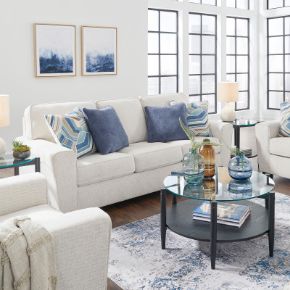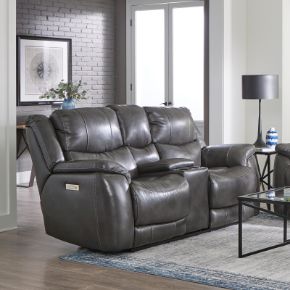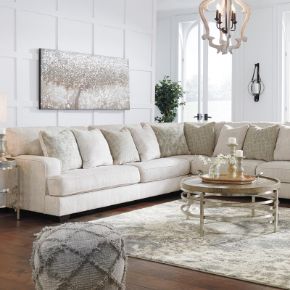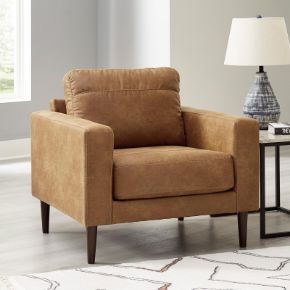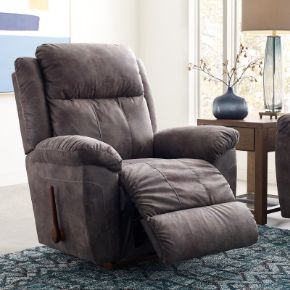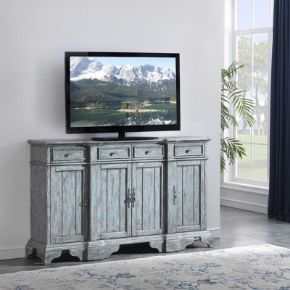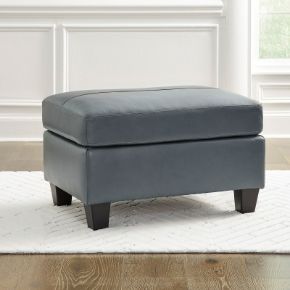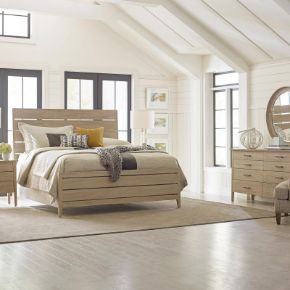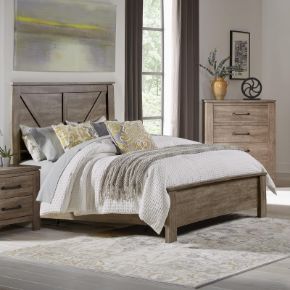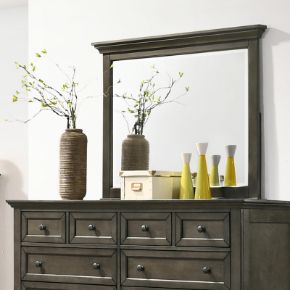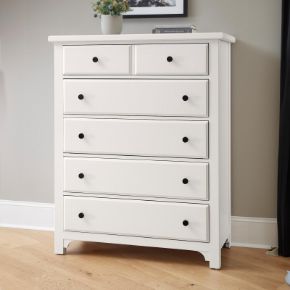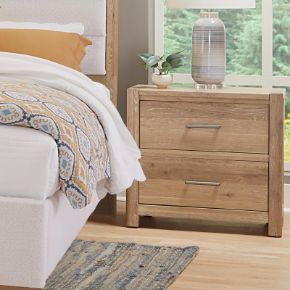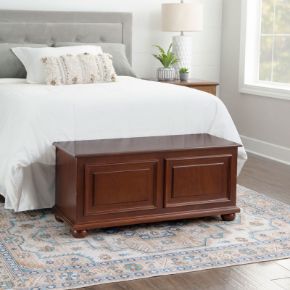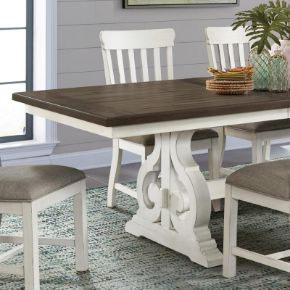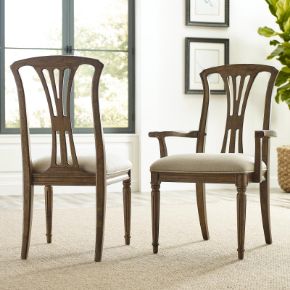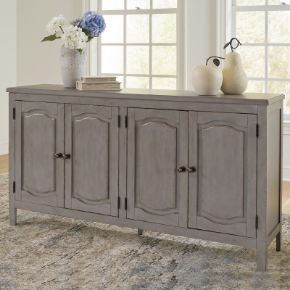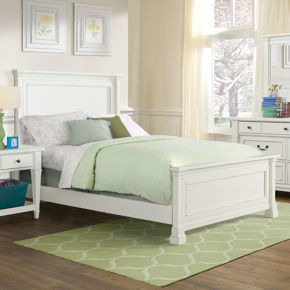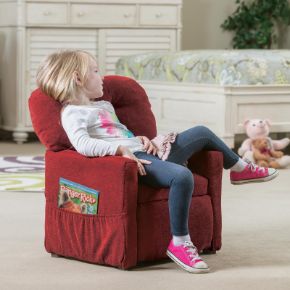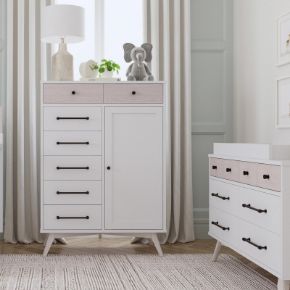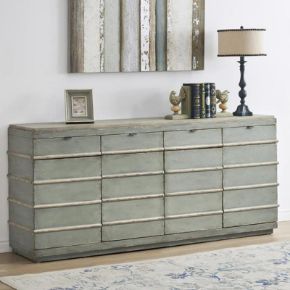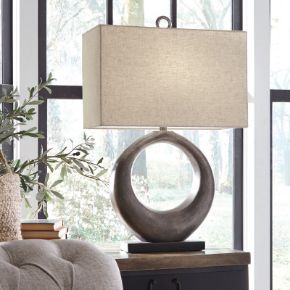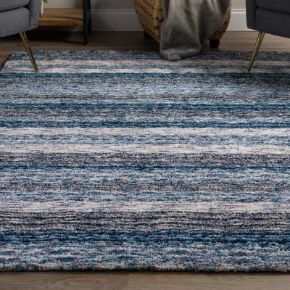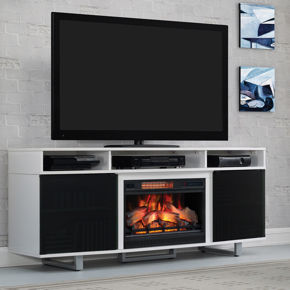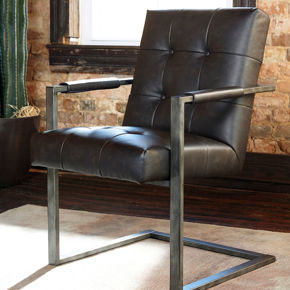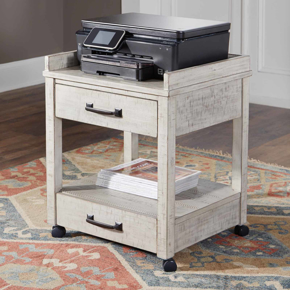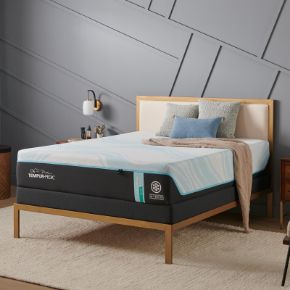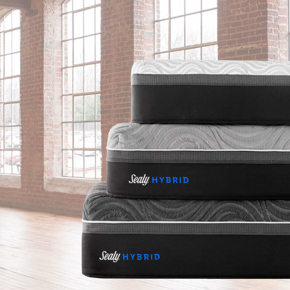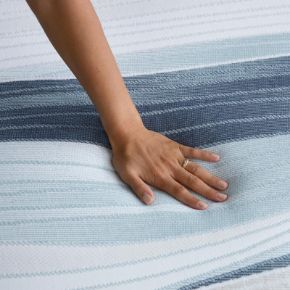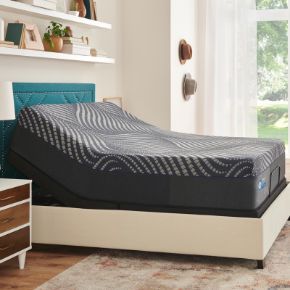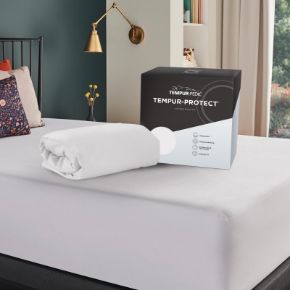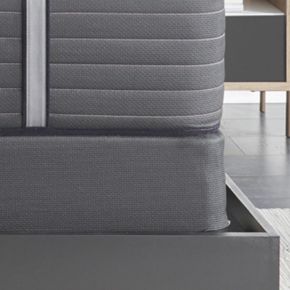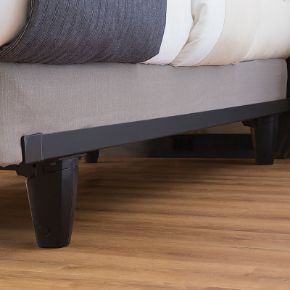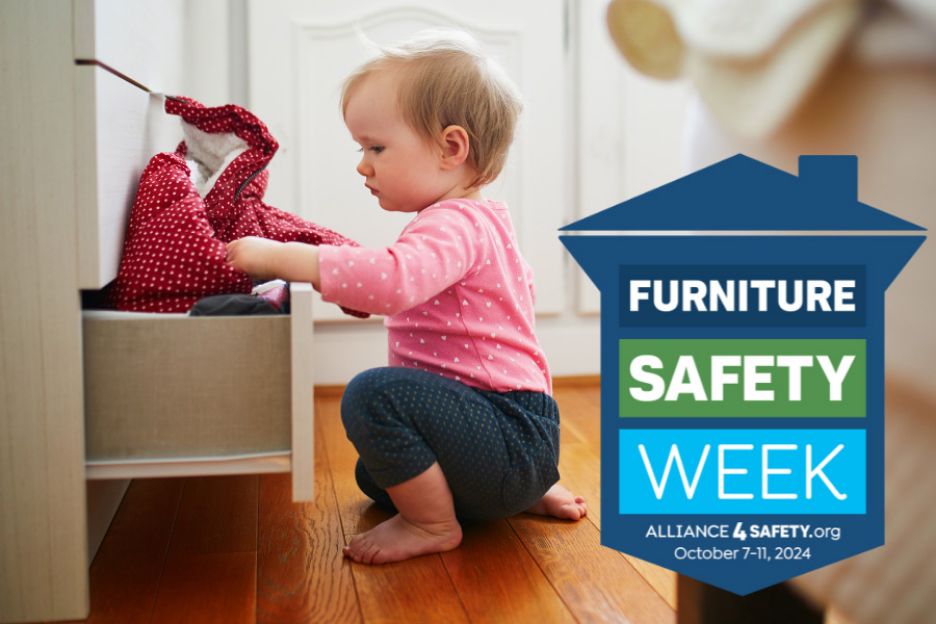Why is Furniture Safety Important?
Every year, thousands of injuries occur from furniture tip-overs or accidents involving unsecured items in the home. According to the U.S. Consumer Product Safety Commission (CPSC), falling furniture is responsible for about 22,500 injuries annually. Children and seniors are particularly vulnerable, as they may pull on or bump into furniture, causing it to tip.
The American Home Furnishings Alliance launched Furniture Safety Week to improve safety issues involving awareness of home furniture, including tip-over hazards, recliner safety, bunk bed risks, and more. The first annual Furniture Safety Week is October 7-11, 2024.
Furniture Safety Checklist
Here are some simple, practical ways to make your home safer, provided by Alliance4Safety, sponsor of Furniture Safety Week.1. Anchor Heavy Furniture
The U.S. Consumer Product Safety Commission reports thousands of children are injured every year due to furniture tipping over and falling on them. More than 100 have been killed in tip-over accidents since 2013.Items like bookcases, dressers, and entertainment centers are often top-heavy, which increases the risk of tipping. To prevent accidents, anchor them to the wall with brackets or straps. Many pieces of furniture now come with anchoring kits, but if they don’t, you can purchase them separately at your local hardware store. Two recommended brands are B. Walter and Hangman Products.
2. Secure Televisions
A typical 75- to 77-inch LCD TV can weigh between 90 and 100 pounds! If possible, wall-mount all TVs in your home. Place any that cannot be wall-mounted on a low, sturdy cabinet, and secure the TV to the wall or on the furniture with a TV anchor. Avoid placing items like the TV remote or toys on top of the TV or cabinet where kids can see but not reach them. Never place a TV on furniture that was not built to hold electronics. (Note that TV anchors are different from furniture tip restraints.)
3. Reclining Safety
Reclining furniture is fascinating to small children, especially if it has power features. But a folding footrest can pinch fingers and limbs, so it’s best to keep kids in view when closing your recliner or lowering your lift chair. Never allow children to play in a reclined chair.
It is crucial to pass these safety precautions along to grandparents, who may be more likely to own a lift chair. Over the last 10 years, there have been several incidents in which a toddler climbed under a recliner or lift chair while an adult was seated, and the child was seriously injured or killed when the footrest was closed or the lift chair was lowered.
4. Bunk Bed Safety
Bunk beds are a blast for kids and a great space-saver for small bedrooms. However, the U.S. Consumer Product Safety Commission says children under age six should never use the top bunk, for good reason. More than half of all bunk bed-related injuries involve kids under 6. Current standards call for precise measurements for the top railings, no finials or post extensions on the top bunk, and a detailed warning label that includes the exact size mattress recommended for both bunks.
Because of these precise safety standards, it is wise to skip secondhand options when selecting bunk beds, as older designs may not meet current standards.
5. Glass Top Safety
An estimated 2.5 million people – primarily children under seven and adults in their early 20s – injure themselves on glass tabletops each year. If you own a dining table, accent table, or desk with a glass top, ensure the glass is tempered.
Tempered glass is stronger and safer than non-tempered glass. It is less likely to break and, if it does, it breaks into small pieces rather than jagged shards. Manufacturers often mark tempered glass with a small “T” stamped along an edge. If you don’t see it, here’s another way to identify whether the glass is tempered: It has a distinctive grid pattern that is visible through the polarized lenses of sunglasses. If you see no grid, the glass is probably not tempered.
This includes outdoor furniture, which may be exposed to extreme temperatures and damaging weather.
6. Install Drawer and Cabinet Locks
Drawer and cabinet locks keep curious children from accessing dangerous items and prevent them from pulling out drawers, which can lead to tip-over accidents. Look for child-proof safety latches that can easily be installed and removed.
7. Check for Recalls
Furniture recalls happen more often than you might think, and they’re usually related to safety concerns. Make it a habit to periodically check the CPSC website for any recalls on your furniture, especially items in children’s rooms or high-traffic areas. This is even more important to do when buying second-hand furniture.
8. Educate Your Family
While securing furniture is essential, educating your family about safety is just as important. Teach your children not to climb on furniture, and remind them of the importance of staying safe around large items. Adults should use safety devices and anchoring tools properly. When you travel for vacation or to other family members' homes, look for unsafe furniture situations.Invest in Quality, Safe Furniture
At Grand Home Furnishings, we believe in providing our customers with beautiful, safe homes. If you have kids at home, let us know, and we’ll guide you toward high-quality furniture built with safety in mind. We can also show you items that come with anchoring options, ensuring they can be securely fastened to the wall or floor.
Participate in Furniture Safety Week with Grand Home Furnishings
During this Furniture Safety Week, assess your home for potential hazards. Visit any of our 18 convenient locations in Virginia, West Virginia, and Tennessee, where our knowledgeable staff can guide you in choosing furniture to create a safer environment for your family.
You can also visit our website 24/7.
Please let us know in the comments how safe you feel your home is. Do you follow these tips?

